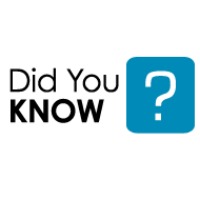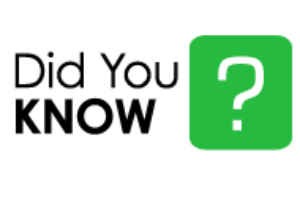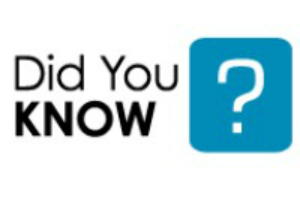TCE/RWA Ratio
TCE (tangible common equity)/RWA (risk-weighted assets) TCE/RWA Ratio is most commonly used to evaluate the capital strength of a bank. This parameter particularly helps investors and rating agencies to assess the value of a banking institution's core capital position minus intangibles and non-controlling interest. TCE equals shareholders equity (Total Equity Capital) minus intangible assets, preferred [...]














Follow Us